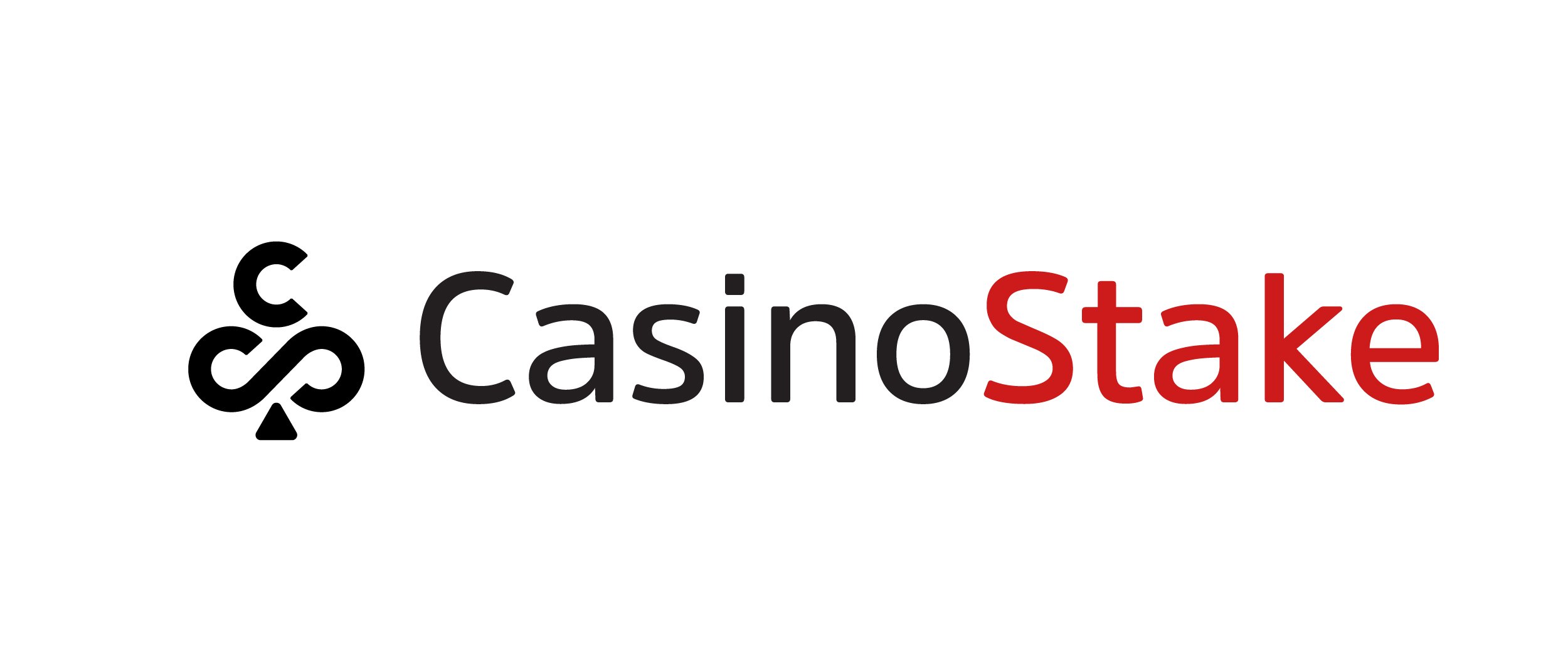For affiliate marketing and online business, the ability to measure and analyse data is vital for future success. It can give you invaluable information on customer preferences and demographic trends, and as analytical tools become more powerful, marketers need to adapt and stay on top of the latest developments.
We’ll be looking at the newest update to Google’s analytics tool, Google Analytics 4 (GA4), and discussing how the changes will affect affiliate marketing. Read on to find out more.
Goodbye Universal Analytics
Introduced in 2012, Universal Analytics (UA) was Google’s flagship analytics tool, offering users unprecedented insights into consumer data and behaviour.
While users have previously had the option to choose between UA and GA4, Google has now confirmed that as of 1 July 2023, GA4 will be rolled out automatically, rendering UA obsolete.
New Measuring Models
A key difference between UA and GA4 is the measuring model. While UA uses a model based on sessions and pageviews, GA4 uses a system of events and parameters. Every interaction is now recorded as an event, with information on interactions including scrolling, outbound clicks, website searches, video engagement, and even conversions available, giving you a far deeper understanding of consumer behaviour. This will prove invaluable for affiliate marketers, as it will provide a more detailed overview of what is working on your platform and what isn’t.
A New Look
GA4 comes with a brand-new user interface. The improved dashboard is more streamlined than its UA predecessor, with extensive options for customisation and optimisation. While automated insights on changes in trends and numbers are available, users can create custom insight tracking options with GA4 by setting their own parameters and key performance indicators. Insights on the aforementioned event information can be tracked, with users able to set up to 50 custom insights as cards on the dashboard.
This new level of customisation will allow affiliate marketers to specifically tailor their tracking systems to suit their individual needs, while being able to update and readjust parameters as their requirements change.
Cross-Platform Functionality
Perhaps one of the most significant differences between UA and GA4 is the latter’s ability to track data across multiple platforms. Unlike UA, GA4 will provide data on user behaviour across web and app platforms, collating the data to give a more comprehensive picture of consumer trends when compared to the previous iteration.
GA4 does this by assigning unique IDs to users, tracking the entire customer journey from web to app and vice-versa, before compiling information from both apps and websites into one easy-to-access report. In today’s technology-driven consumer landscape, promotion and conversion often happen across multiple devices. With GA4’s new cross-platform functionality, marketers will be able to draw up far more accurate and valuable user behaviour information.
Track Engagement
GA4’s new user engagement metric displays the time that an app or web page was in focus, allowing marketers to assess how engaging their platform is. This is tracked through a user engagement event, which sends a signal whenever a tab or window is closed, or when a user navigates to another screen. Engagement is broken down into engaged sessions, engagement rate, and engagement time, with further information provided on demographics.
Previously, UA prioritised page views over other engagement figures. With this new feature from GA4, affiliate marketers will be able to track consumer behaviour in more detail.
Predictive Insights
Information on past behaviour can be useful in evaluating your success, but what if you could accurately predict how audiences will behave in the future? With GA4’s new predictive metrics, this is a reality. Using advanced machine learning, GA4 works to predict future consumer actions, offering insights into three key areas.
Purchase probability defines how likely it is that a user active in the last 28 days will register a conversion event within the next seven days. Churn probability predicts whether a user active within the last seven days will not be active in the next seven days. Finally, predicted revenue estimates total revenue from all purchase conversions within the next 28 days, from a user who was active in the last 28 days.
These powerful predictive insights are a potential game-changer for affiliate marketers, and they should only get more accurate as the machine learning algorithm is fed more information.
Furthermore, users can use a predictive metric to create predictive audiences. For example, ‘consumers likely to make a purchase within the next seven days.’ These audiences can then be targeted specifically, making for higher conversion rates.
Conclusion
As Google’s new analytics system rolls out, it can easy to be concerned about the change. However, the array of powerful new features and improved levels of customisation should appeal to any affiliate marketer looking to push on to the next level.
GA4 looks set to elevate user tracking and engagement insights, with its predictive insights and audience features promising to revolutionise how we market and advertise to consumers. As UA is phased out, it’s essential that all affiliate marketers get to grips with the new system to make the most of the benefits it offers.




















